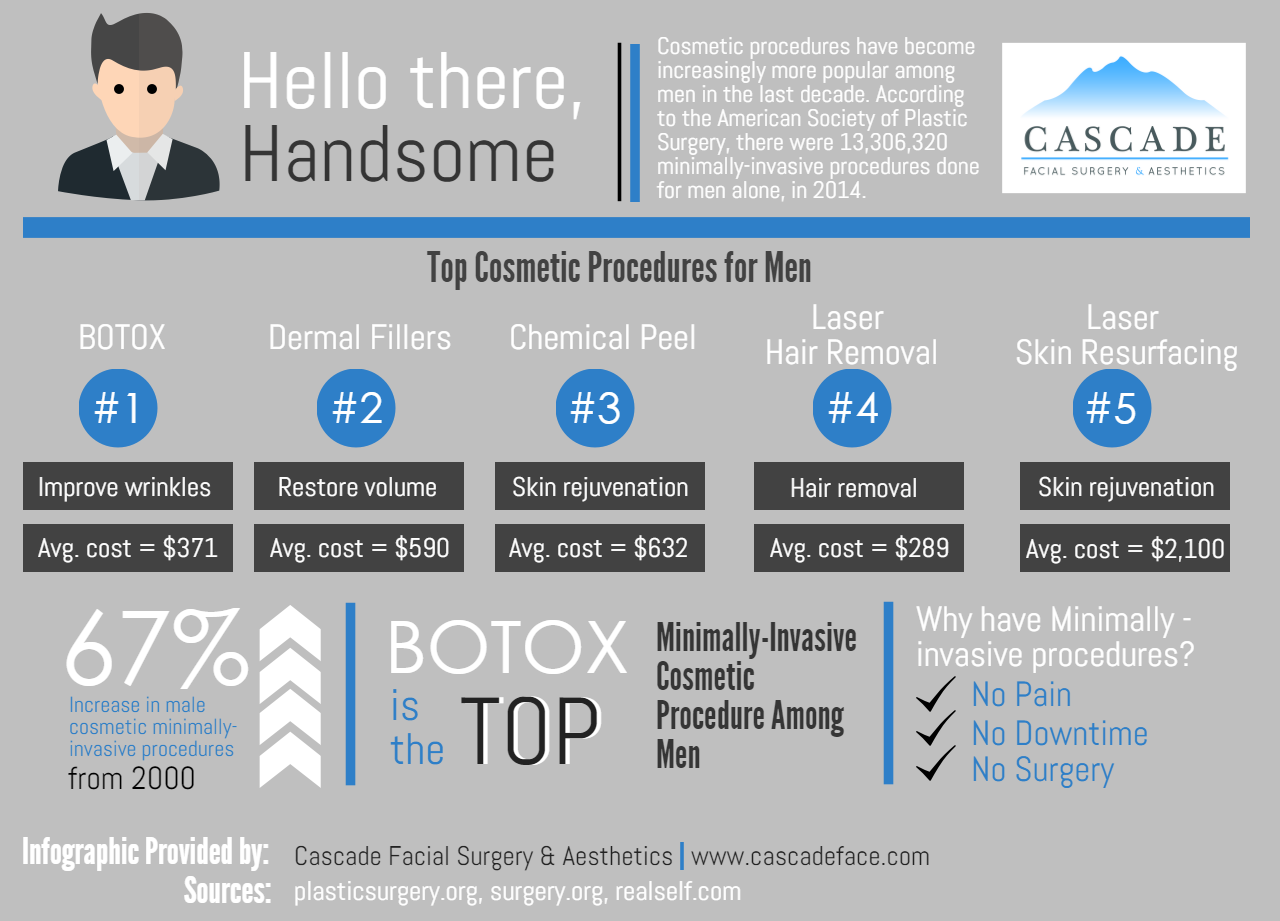How Does Pollution Affect Acne
How Does Pollution Affect Acne
Blog Article
Hormone Acne - What is Hormonal Acne?
Hormonal acne is characterized by clogged pores and oily skin that typically shows up on the chin and jawline. It occurs when hormonal adjustments activate inflammation and bacterial overgrowth within hair roots.
Outbreaks might look like whiteheads, blackheads, papules or pustules and cysts or nodules in more serious situations. It is a lot more usual in teenagers experiencing puberty but can affect adults of any type of age.
What Triggers Hormone Acne?
While acne can be triggered by a selection of variables, including using hair and skin care products that aren't oil-free or made with ingredients that could clog pores, genetic predisposition, diet,2 and tension, the root cause is fluctuating hormones. Hormonal acne occurs when the body experiences hormonal changes and fluctuations that lead to an overproduction of sebum, which causes inflammation, enhanced growth of bacteria and changes in skin cell activity.
Hormonal acne is often found on the reduced jawline, cheeks and neck yet can show up anywhere on the body. It is identified by imperfections that are cystic, excruciating and loaded with pus or various other product. It is likewise most likely to happen in women than men, especially throughout the age of puberty, the menstruation, maternity or menopause.
Age
While numerous youngsters experience acne at some point during the age of puberty, it can remain to pester adults well into adulthood. Known as hormonal acne, this kind of outbreak is connected to changes in hormones and is typically most usual in females.
Hormone acne happens when oil glands produce too much sebum, which obstructs pores and catches dead skin cells. This causes the formation of blemishes, such as whiteheads, blackheads and papules, pustules, cysts or blemishes, deep under the surface area.
This kind of blemish often creates discomfort, inflammation and inflammation. It might additionally be intermittent and appear around the same time every month, such as right prior to your period begins. This is since levels of female hormonal agents like progesterone and oestrogen change with each menstrual cycle.
Menstrual Cycle
Hormone acne normally appears in the lower part of your face, along the jawline and cheeks, as whiteheads, blackheads or inflammatory acnes (acnes and cysts). It's probably to appear around the moment when your menstrual cycle changes.
Specifically around ovulation, when estrogen and progesterone levels are on the surge, hormonal agent fluctuations can create outbreaks. But it's also feasible to get acne at any factor during your 28-day menstrual cycle.
If you see that your hormone acne flares up right prior to your period, try seeing when precisely this happens and see if it connects to the stages of your 28-day menstrual cycle. This will certainly assist you pinpoint the source of your skin difficulties. For example, you might wish to work on stabilizing your blood glucose and cutting out high-sugar foods, or take into consideration a prescription medicine like spironolactone that can regulate your hormonal agents.
Pregnancy
Expanding a baby is a time of significant hormonal adjustments. For lots of women, this consists of a flare-up of hormonal acne. This sort of breakout commonly begins in the first trimester, around week 6. It's caused by hormonal agent surges that boost sebaceous glands to make even more oil, which can block pores and cause even more bacteria to accumulate.
Breakouts might also take place as a result of pre-existing conditions like polycystic ovary disorder, which can likewise be a concern during pregnancy and menopause. Also, some kinds of contraceptive pill (such as Ortho Tri-Cyclen and YAZ) can activate hormonal acne in some ladies.
Fortunately, the majority of acne treatments are "no-go" for expectant ladies (consisting of prominent acne-fighting active ingredients such as isotretinoin and spironolactone). However if you can not prevent those aggravating bumps, your physician might recommend dental erythromycin or cephalexin, which are safe while pregnant.
Menopause
As women come close to menopause, the estrogen degrees that caused their hormonal agent acne to flare up throughout the age of puberty begin to maintain and decrease. At the same time, nonetheless, a spike in androgens (also referred to as male hormonal agents) happens due to the fact that these hormones can not be converted into estrogen as successfully as before.
The extra of androgens can cause oil production by the sebaceous website glands, which obstructs pores. When the blocked pores ended up being swollen and irritated, an acne kinds.
Hormonal acne is normally seen on the face, particularly around the chin and jawline, however it can take place on the neck, back, shoulders, or chest. This kind of acne often tends to flare up in a cyclical pattern, comparable to the menstrual cycle. Tension, which raises cortisol and throws hormones out of equilibrium, also contributes to the outbreaks.